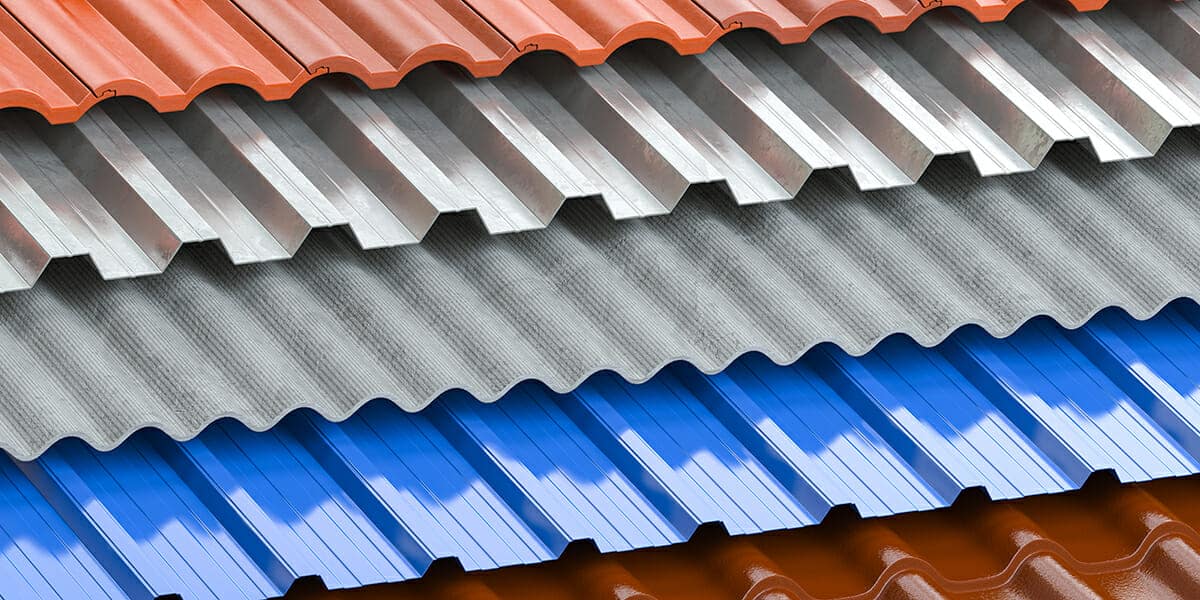Ever been in a car accident around Baton Rouge and felt overwhelmed? Frustrated about dealing with insurance companies? Ever wished you had an experienced advocate to guide you through the intimidating legal maze? As the hands-down, best car accident lawyer in Baton Rouge, we’re here to guide you.
Baton Rouge Car Accident Attorney: Your Ally
Our Baton Rouge car accident attorneys have a single aim – to help you secure the compensation you undoubtedly deserve. Don’t you agree that you’ve suffered enough? It’s time insurance companies pay their due for your losses, and we make sure they do.
Experience and Affordability: A Winning Combination
Who says you can’t have the best of both worlds? Our seasoned and experienced car accident attorney in Baton Rouge will go the extra mile to fight for your rights, all without breaking the bank. We understand that you’re already dealing with the aftermath of an accident and should not be burdened with costly attorney fees. Hence, we’re proud to offer top-tier, yet affordable car accident lawyer Baton Rouge based.
Car Accident Lawyer Near Baton Rouge: Close and Convenient
Ever dreaded the thought of driving miles to meet an attorney? As your ideal car accident lawyer near Baton Rouge, you’ll receive exceptional legal services close to home. With our office located in the heart of Baton Rouge, we offer exceptional convenience that’s second to none.
All-Around Auto Accident Wizardry
Whether it’s a fender-bender or a major collision, our Baton Rouge auto accident lawyer is well-versed in all auto accident claims. With a deep understanding of Louisiana law and an unwavering commitment to clients, we’re your best bet for a favourable outcome.
Why Choose Us?
Quite simple, really. You want the best, and that’s exactly what we deliver. As the preferred Baton Rouge Car Accident Lawyer, our track record speaks volumes about our dedication and success rate. Isn’t it time you consulted the experts?
Conclusion
In a nutshell, when it comes to dealing with the aftermath of a car accident, the assistance of a Baton Rouge Car Accident Lawyer can prove invaluable. From handling knotty insurance claims to fighting to secure the compensation you deserve, we’ve got your back. Give us a call today and take the first step towards putting the ordeal behind you.
Rozas Injury Law
Address: 9332 Bluebonnet Blvd, Baton Rouge, LA 70810, United States
Phone Number: 225-343-0010
Frequently Asked Questions (FAQs)
Q1: What should I do immediately after a car accident in Baton Rouge?
A1: The first step is reporting the accident to the police and seeking medical help if injured. Then, contact a trusted Baton Rouge Car Accident Lawyer for legal advice.
Q2: Can I afford the best car accident lawyer in Baton Rouge?
A2: Yes, our Baton Rouge car accident attorney combines experience with affordability, ensuring you get the best legal representation without straining your pocket.
Q3: What if I was partly at fault in the accident?
A3: Even if you were partially at fault, you might still be entitled to compensation. Consult our Baton Rouge auto accident lawyer to understand your options better.
Q4: Can your car accident lawyer near Baton Rouge handle my case remotely?
A4: Absolutely! We can handle many aspects of your case remotely to suit your convenience.
Q5: How successful is your Baton Rouge Car Accident Lawyer in securing compensation?
A5: Our success rate as a Baton Rouge Car Accident Lawyer is stellar. With a dedicated team of professionals, we leave no stone unturned to secure the best possible compensation for your claim.
